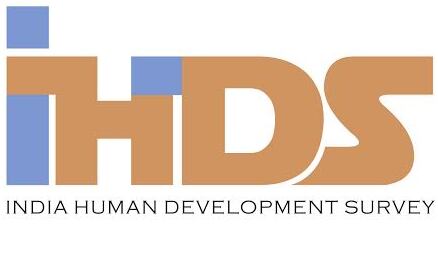In comparing the monthly per capita consumption expenditure variable (COPC) between IHDS 1 & 2, why is there such a big change?
Three things are at work here:
1. The big difference is that IHDS 1 is monthly per capita and IHDS 2 is annual. The IHDS 2 variable will be changed back to monthly during the next data update.
2. Price changes: There is a variable, DEFLATOR, in the public IHDS 2 file; mean= .5453441 .
3. Economic growth.
For example, take the mean above for IHDS 1: 955.09 multiply by 12 months and divide by the average IHDS 2 deflator, .5453441=21,016. The difference between 21,016 for IHDS-I and 27,155 for IHDS 2 is a measure of economic growth.
